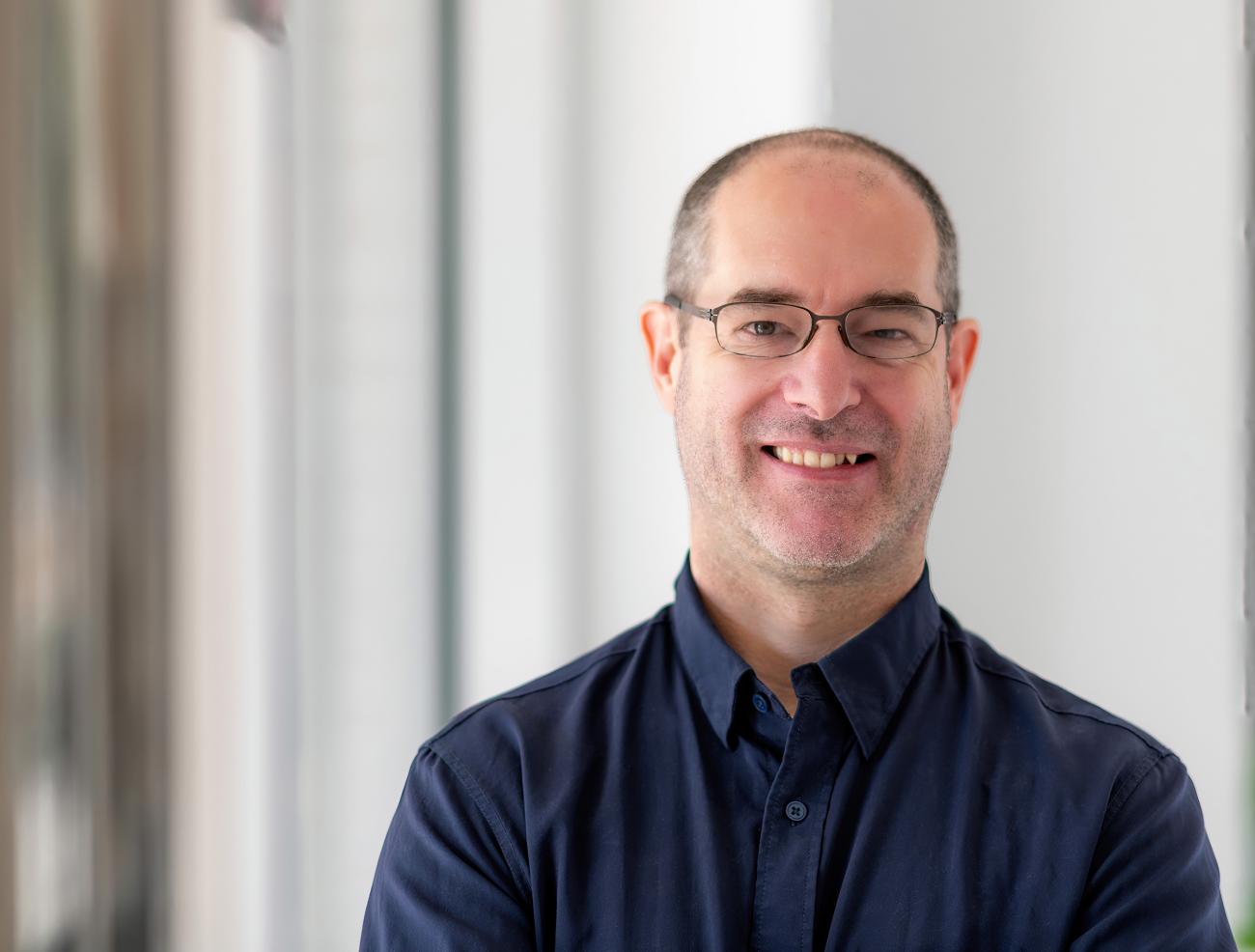Associate Professor of Architecture Brett Schneider will present "Geometry, Form, Structure," a lecture examining the relationship between geometric precision, formal design intent, and structural performance in contemporary architecture.
The terms from the title are defined (paraphrased) as follows from the Oxford English Dictionary.
Geometry: the branch of mathematics concerned with the properties and relations of points, lines, surfaces, and solids. From the Greek for earth measure.
Form: the visible shape or configuration of something. From the Latin for mold.
Structure: to construct or arrange according to a plan; give a pattern or organization to. From the Old French or Latin for to build.
A focus on these terms derives from two reciprocal projects: a historical study of an unbuilt tower project by IM Pei and an ongoing question of how to frame and discuss the relationship of engineering (particularly structure) and architecture.
The Hyperboloid is a tower project for the site of Grand Central Station in New York City from 1954-56 while IM Pei and Associates was the in-house architect for the developer William Zeckendorf. If built to the proposed 108 stories and 1500ft height it would have been the tallest building in the world. The building derives its name from its shape as a hyperboloid of one sheet also making it also a 3d tube structure 10 years before this structural term was invented by Fazlur Khan of SOM. In the similar manner to other Pei projects of the time, the tower is a highly synthetic integrated design to the degree that its geometry, form, and structure are all a hyperboloid.
The Hyperboloid is a particular case of the collapsed relation of geometry, form, and structure. This singularity revealed that perhaps when generalized, the conversation between form and structure in the language of geometry may be a useful framework for talking about structure and architecture in comparison to say Eduard Sekler’s more specific but limited terms of structure, construction, and tectonics.
The reciprocity continues to expand as one considers the relationship of The Hyperboloid to the art of Eduardo Catalano’s architecture, the shell engineering of Anton Tedesko, and the pedagogy and student work at the School of Design at NC State in the early 1950’s – all directly identified in Pei’s design documentation for the project. It is this broad spiraling of connections of geometry, form, and structure out of what seems the simplicity of The Hyperboloid that speaks to the importance, value, and potential of this unbuilt work.
This lecture is free and open to the public.
This program is made possible through the generous support of the Betty R. and George F. Pierce Jr., FAIA, Fund; the William B. Coleman Jr. Colloquium Fund for Architecture; and the Wm. W. Caudill Lecture Series Fund.


